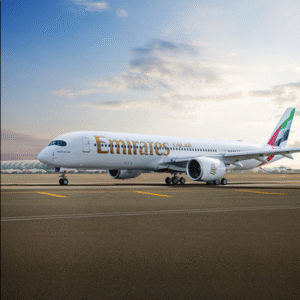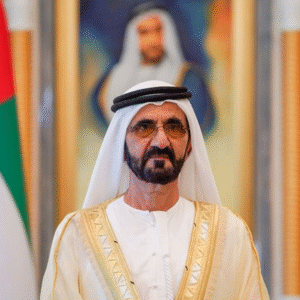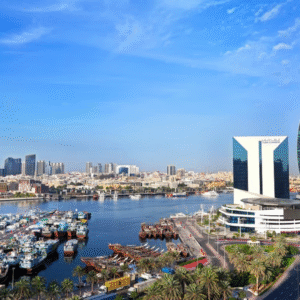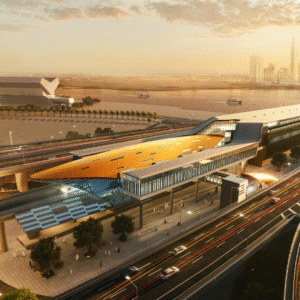The Federal Geographic Information Centre has unveiled an extraordinary gift to the nation on the occasion of Eid Al Etihad—the UAE National Atlas. This comprehensive masterpiece isn’t just a collection of maps; it’s a vivid, historical narrative that captures the essence of the United Arab Emirates’ remarkable journey. One of its most fascinating chapters delves into a transformative era, detailing the birth of the Union between 1968 and 1971, a period that redefined the region’s destiny.
This chapter is much more than a recounting of events. It paints a compelling picture of the collective vision, determination, and leadership that laid the foundation for the UAE as we know it today. It begins with the momentous meetings in 1968, where the leaders of the Emirates envisioned a unified nation that could stand resilient in the face of challenges. It recounts the meticulous negotiations, the shared aspirations, and the unwavering commitment to forging a cohesive identity among the seven Emirates.
The journey to union wasn’t without its trials. The Atlas chronicles the discussions, agreements, and compromises that were necessary to align diverse perspectives under a single flag. Through captivating visuals and detailed accounts, readers are transported to an era where unity wasn’t just a goal but a necessity to thrive in a rapidly changing world. The narratives of key figures like Sheikh Zayed bin Sultan Al Nahyan and Sheikh Rashid bin Saeed Al Maktoum are brought to life, highlighting their visionary leadership in uniting the Emirates.
As the pages unfold, the chapter culminates in the historic moment of December 2, 1971, when the UAE was officially born. It celebrates the resilience and vision of the Emirati people, marking a legacy that continues to inspire. The UAE National Atlas serves as a testament to this journey, connecting past achievements to the nation’s present and future ambitions. It is more than a book—it is a tribute to unity, progress, and heritage.









